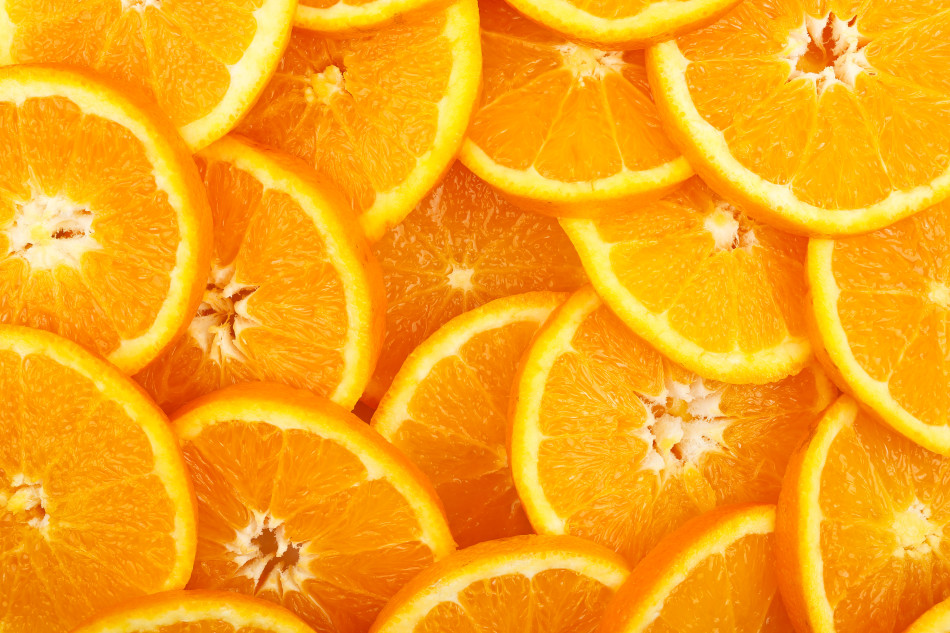How is fruit juice made?

How is fruit juice made?
1 min read
Everyone knows that homemade juice is simply a matter of putting cut fruit into a juicer but what about the bottles of juice you see in the shops?
Actually, for chilled 'not from concentrate' juices, it's not much different. Let's take orange juice as an example:
From farm to bottle
As with all fruit juices, the story of orange juice starts in the groves, where the fruit is grown. Farmers in orange growing regions cultivate the fruit until it's ripe and ready to be picked. Once the mature fruit is harvested, it goes straight to the factory where it's inspected for quality and ripeness. The oranges are then washed and juiced in huge presses where the air around becomes scented with orange peel aromas.
Once the juice is squeezed, any bacteria or microorganisms present are neutralised with a quick burst of heat (pasteurisation) or high pressure. This has a minimal effect on the nutrients, so a glass of bottled orange juice still contains vitamin C, folate and potassium, as well as natural plant bioactives such as hesperidin.
What about juice from concentrate?
Fruit juices are often concentrated for safe and easy transportation from fruit-growing nations to Europe. This simply means that most of the water is removed from the juice before it travels to its destination.
In the bottling plant, water from the local supply is added to the concentrated juice to make the ambient packaged juice you might buy in the shops. Strict European laws govern how much water can be added and also ban additives such as preservatives, colours, flavours and even added sugar.
The vitamin C in concentrated orange juice is slightly lower than in homemade juice but you'll still get more than half of the daily vitamin C recommendation in a small glass (150 ml). Plant bioactives and potassium are unaffected so will remain the same as in 'not from concentrate' juice.
References
1. SGF International (2019) Analysis of orange juice in Europe.
2. Department of Health (2013) Nutrient analysis of fruit and vegetables: Summary report. https://www.gov.uk/government/publications/nutrient-analysis-of-fruit-and-vegetables
Find out more by checking out this infographic
